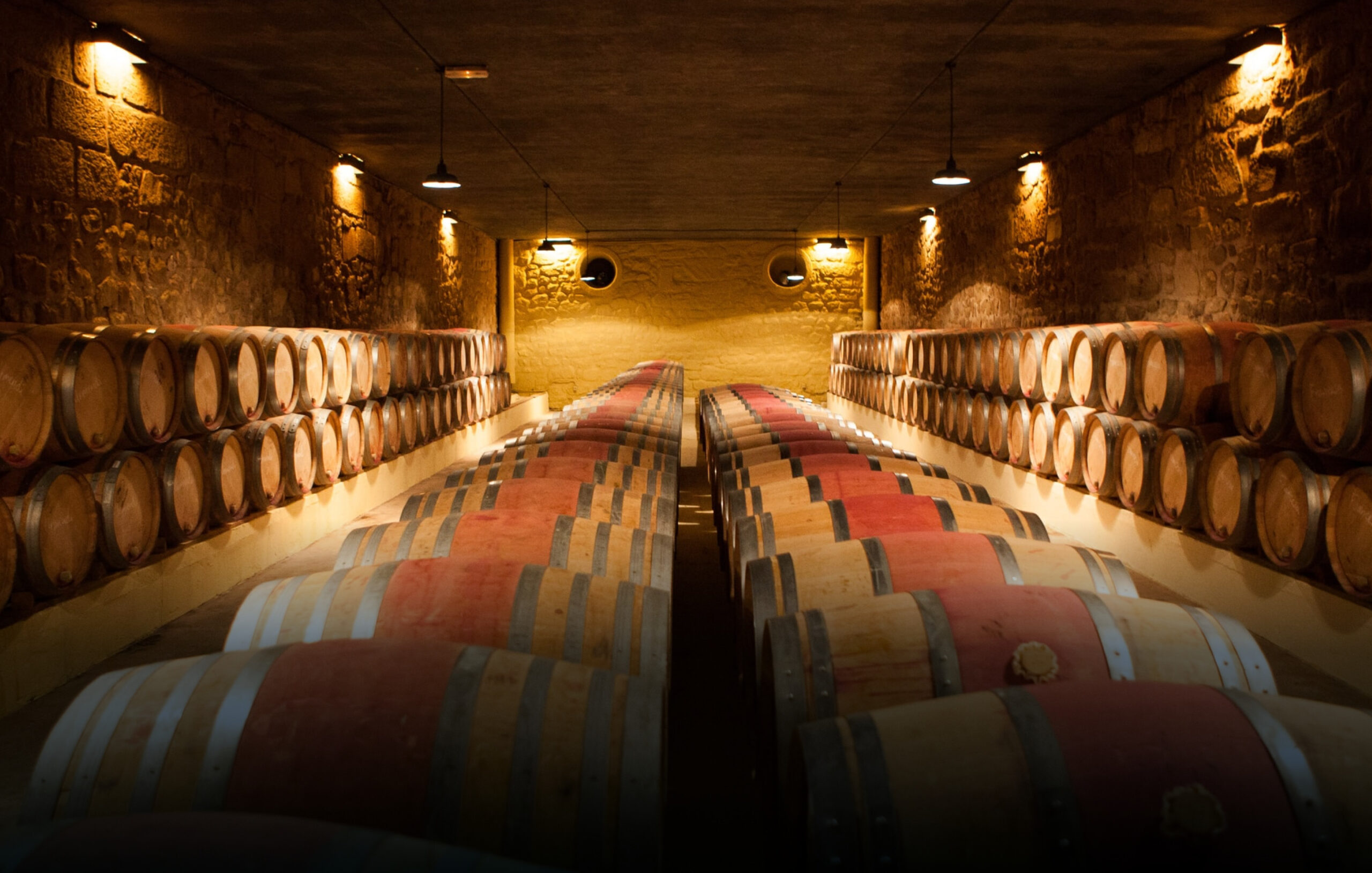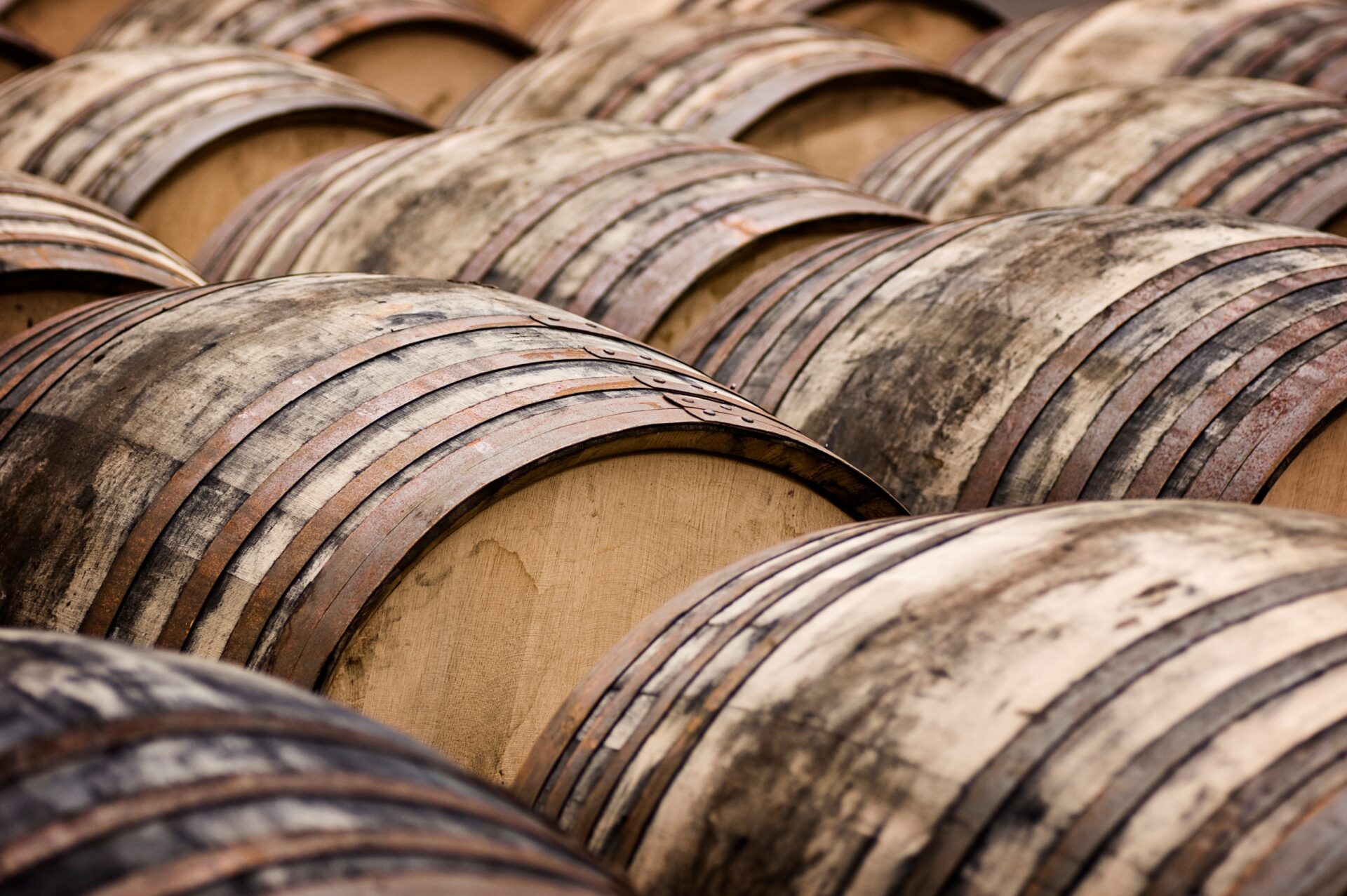Alternative Cask Types
There are many other sizes of cask available to whisky distillers and these range in size and shape from the massive to the bijou. Let us start big and work our way down.
Gorda
This huge barrel has a capacity of 700 litres and is mostly used in America. It is the largest size that is legally allowed to be used in Scotland. They are very occasionally used for maturation but are mostly used for marrying different whiskies in a single malt batch, or for doing similar for blended whisky.
Drum
This short, wide cask is also massive and carries a capacity of 650 litres. They are made using thick staves of European oak and are specifically used to mature Madeira, the fortified wine from the Portuguese island of Madeira. They are rarely seen in Scotland but have been known to be used for finishing.
Pipe
Another large cask type, this time long and narrow. They are commonly made from European oak and look like a butt that has been stretched from either end. They are the main cask used to mature Port wine and are used in the Scotch industry for finishing. Pipes have a capacity of 650 litres.
Barrique
Often used in the wine industry, a barrique is a barrel with a capacity of 250 litres. These casks are made in a different way and use wooden strips to hold the staves together, rather than metal hoops as in a traditional cask. Barriques are used mostly for finishing in Scotch. If you see ‘ex-red wine finish’ on a label, it will have been in a barrique for that time.
Quarter Cask
A quarter cask is exactly that – a cask that is one quarter the size of a regular cask. However, this is where the confusion begins. If the quarter cask is of American origin, then it will be 50 litres in capacity (i.e., one quarter of an ASB). But if it is of European origin, then it can anywhere between 80 and 125 litres (i.e., one quarter the size of a butt). Often used to accelerate maturation due to the large interior wood surface area.
Octave
The octave follows a similar idea to the quarter cask but is one eighth the size of its parent cask type. An American octave is very small at just 25 litres, while a European octave can range from 50 to 80 litres depending on its origin. Rarely used for full maturation due to the very high wood to spirit ratio but used to finish a whisky or accelerate maturation.
Blood Tub
A small cask often used by brewers. It has a capacity of just 40 litres and has an elongated oval shape that made it traditionally easy to carry on horseback. Not used often in the Scotch industry but can be seen occasionally if a whisky undergoes a beer cask finish or for experiments.





